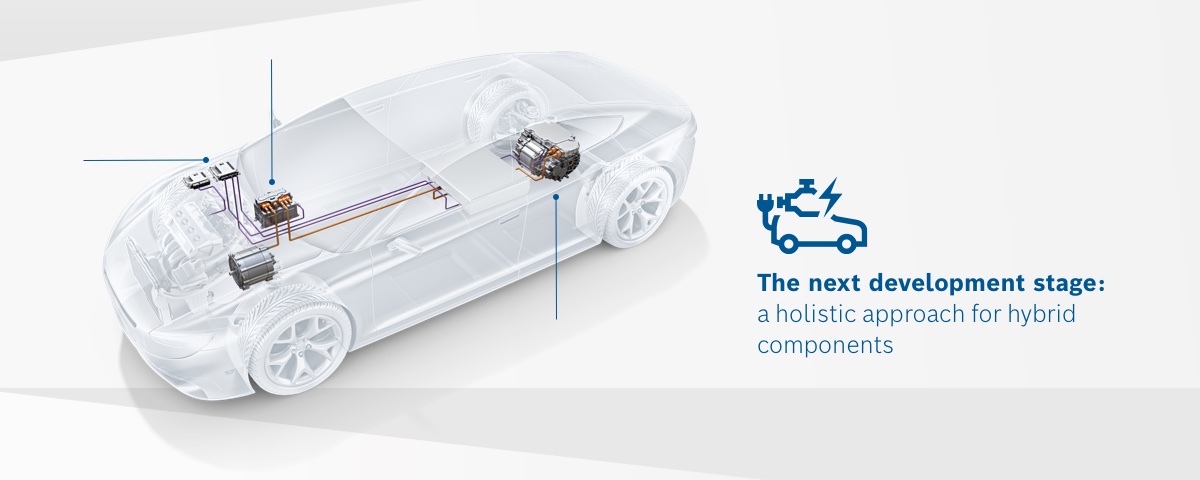Are you interested in our solutions? Then write us a message. Our sales team will be happy to help you.
Hybrid technology combines flexibility with a reduction in CO2 emissions. As an entry-level solution, 48-volt systems enable a cost-effective reduction in CO2 emissions of up to 15% for internal-combustion engines. This is achieved through recovery of braking energy and optimized use of the e-machine to relieve the engine. For vehicle manufacturers, this means an even better carbon footprint.
Interview with Nicolai Wacker
A flexible powertrain system that makes reduced-CO2 journeys possible over short distances while increasing efficiency? That has to be a hybrid. The combination of internal-combustion engine and electric motor helps improve the carbon footprint. Full or plug-in hybrids increase the powertrain’s efficiency and make fully electric mobility a reality.
In this interview, Nicolai Wacker explains how hybrid powertrain concepts are being refined and what kind of potential this technology has to shape the future of mobility.
through precise control of the powertrain and brake system
and reduced CO2 emissions
thanks to well-coordinated interplay between the internal-combustion engine and electric motor

In ten years’ time, two thirds of all new vehicles will still be equipped with an internal-combustion engine. That is why hybrid technology – in all its guises – will play a vital part in shaping mobility.
Nowadays, the global market shares for sHEVs and PHEVs stand at 4 % and 3 %, respectively, and both have the potential to expand their market share to around 5 % by 2030.
Are you interested in our solutions? Then write us a message. Our sales team will be happy to help you.

